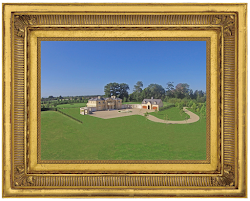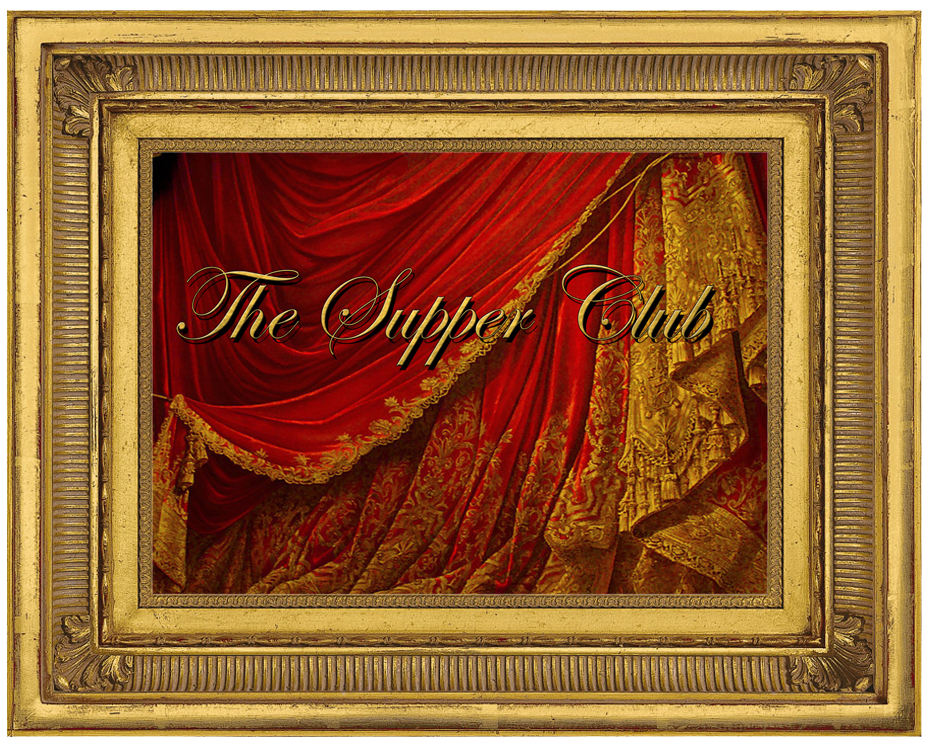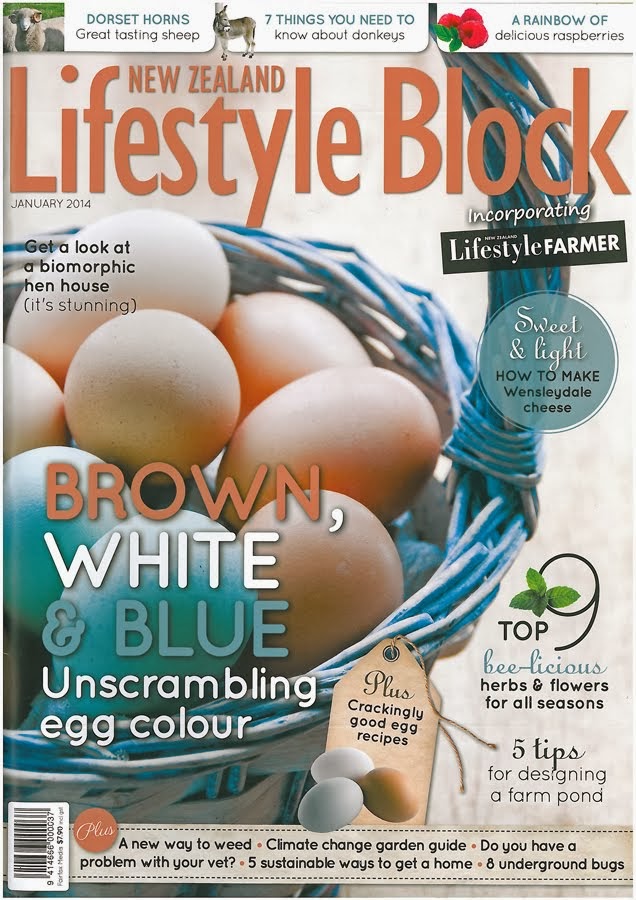
 Admittedly I'm late to come to the party on blogging about Castle Howard, but justifiably so, as this is the first post in my series on Country Estates. So, here is a post about Castle Howard, the setting synonymous with both the Granada series and the recent remake of Evelyn Waugh's Brideshead Revisited.
Admittedly I'm late to come to the party on blogging about Castle Howard, but justifiably so, as this is the first post in my series on Country Estates. So, here is a post about Castle Howard, the setting synonymous with both the Granada series and the recent remake of Evelyn Waugh's Brideshead Revisited.Castle Howard was commenced in 1701, and although the bulk of the building was completed within ten years, it took over 100 years to be fully completed. Charles Howard, the third Duke of Carlisle approached the then dramatist John Vanbrugh (who had never built anything before in his life) to draft plans of what would become Castle Howard. The original architect he had in mind was William Talman, but the plans which he submitted were turned down by the Duke. He set about finding another architect, and a fellow member of the 'Kit Kat' club, Vanbrugh, was able to persuade him that he was up to the task.
 Above: A bird's eye view of Castle Howard, published in Vitruvius Britanicus Vol III, 1725, showing the planned design at that stage (the west wing was never completed to this design)
Above: A bird's eye view of Castle Howard, published in Vitruvius Britanicus Vol III, 1725, showing the planned design at that stage (the west wing was never completed to this design)Vanbrugh was arguably the greatest exponent of the English Baroque style, which showed a typically British restraint when compared with the more flamboyant baroque architecture of continental Europe. And with the New Palladians such as Inigo Jones, led by Lord Burlington, hot on his heels, Vanbrugh (along with Hawksmoor, Walpole, Robinson and Wren) had little time to make a mark in this style , although together their works are significant.
 Above: The main hall.
Above: The main hall.Below: Charles painting frescoes in the garden room (the actual frescoes or capriccios, were painted by Felix Kelly, and portray fantasy buildings of Vanbrugh).

Between 1699 and 1702 the plans for the house went through several revisions. The sprawling wings were part of the original plans for the house, but the cupola was a relatively late decision. (and the first of its kind on a private residence in the UK) Wisely, Vanbrugh recruited the already accomplished architect Nicholas Hawksmoor to help him with the more important practical considerations of the design. The house draws on a wide range of classical motifs and elements. One example of this extraordinary melange is the fact that the north side of the house is faced in Doric columns and the South side Corinthian. But as Hawksmoor pointed out - nobody could see both sides at the same time!
The building cost the duke about 25% of his income over the ten year period. And at the time of Vanbrugh's death in 1726, the house was still lopsided, as the west wing had not yet been started. The construction of Castle Howard was finally completed in 1811, with the decoration of the long gallery by Charles Tatham.
Since it was completed it has been refurbished several times, with the attic pavilions of the west wing being removed to refurbish the chapel in 1870, and again in 1940, when a large fire gutted the south wing and burnt the central dome. The paintings of the venetian artist Giovanni Pellegrini which had adorned the dome (painted in 1709-1712) were lost They were later restored with facsimiles.

In 1724 Vanbrugh started to design a small pavilion for the south east corner of the property. It was originally entitled the 'Temple of of Diana', which became known as 'The Temple of the four porticos', which eventually evolved into the Temple of the Four Winds. It is partialy modeled on Andrea Palladio's Villa Rotonda in Vicenza.

 Above: The view east down the terrace towards the temple. This view was originally the line of the high street of the medieval village of Henderskelfe.
Above: The view east down the terrace towards the temple. This view was originally the line of the high street of the medieval village of Henderskelfe.
It was built on orders of the third Duke in 1729, but was not finished until 1744 (6 years after the Duke had died.) He had been buried in the parish church at Bulmer, but his remains were moved to the mausoleum in 1744.

He had originally contracted Hawksmoor to build it, in the baroque style of the main house itself, but after the Duke's death, his son, Lord Morpeth, and his son-inlaw, Sir Thomas Robinson, and their patron, Lord Burlington (who were all avid Neoclassicists / Palladianists), changed the plans several times over, and it wasn't completed until after Hawksmoor had shuffled off him mortal coil as well (maybe the stress sped him on his way!). It is still the Howard family burial place today.



















































.jpg)















































